Archaeologists Still Have A Lot To Discover About Stonehenge
Although Stonehenge is one of the most recognizable sites in the world, scientists still know little about it. Stonehenge was declared a UNESCO World Heritage site in 1986, but it has existed for almost 5,000 years. Still, archaeologists have much to learn about this monument.
What we do know, though, may surprise the average reader. For instance, the ancients carried some stones for hundreds of miles to build the monument. For centuries, Britons believed that King Arthur’s wizard created it. Continue reading your way through to discover the most mystifying facts about Stonehenge.
It Took 1,500 Years To Complete

Stonehenge wasn’t built in a single phase or even one year. Ancient people needed six rounds to construct the site. It began in 3000 BCE during the Neolithic Age and finished in 1500 BCE during the Bronze Age.
Archaeologists believe that prehistoric builders began with the ditch and moat, using tools such as deer antlers. During the second round, they moved the bluestones, and the sandstones arrived during the third round. Throughout the next few phases, builders erected more stones and arranged them in a circular formation.
Mythology Says That A Wizard Built Stonehenge
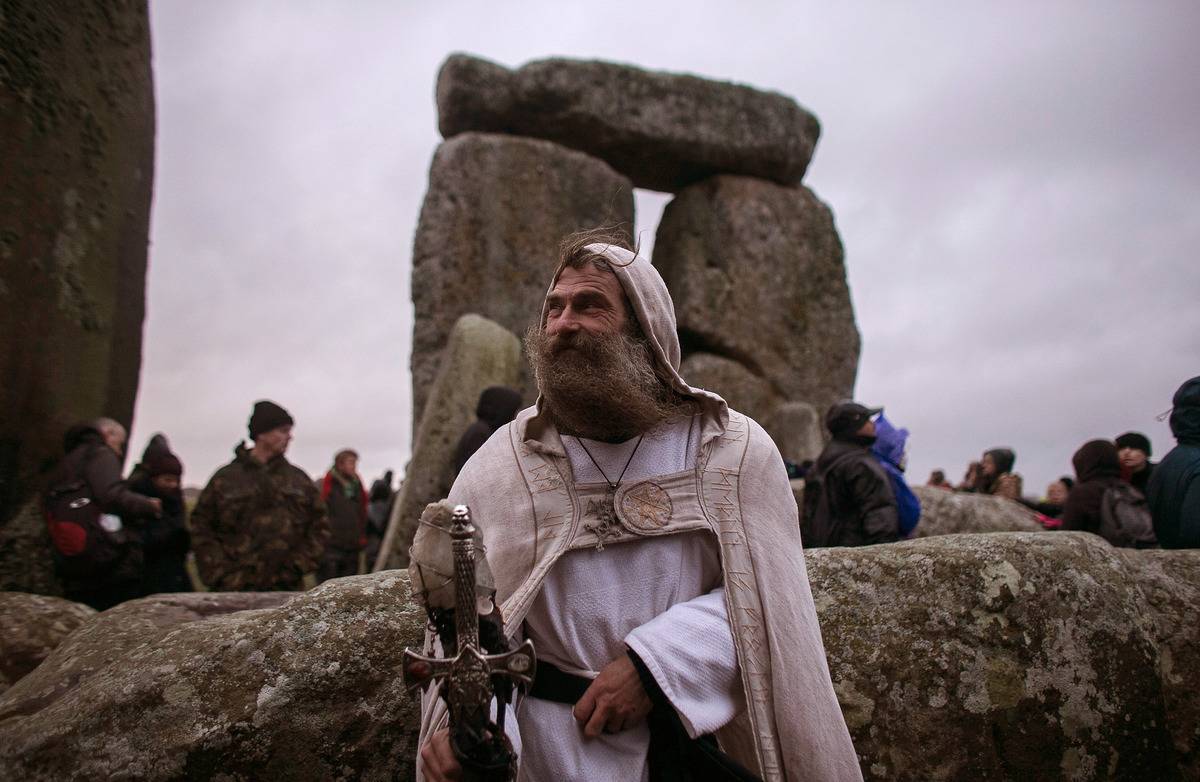
In the Middle Ages, people believed that the wizard Merlin built Stonehenge. Geoffrey of Monmouth, the 12th-century author who wrote King Arthur, wrote a tale about the construction of Stonehenge. Many people believed some form of Geoffrey’s tale. Later, archaeologists claimed that Druid high priests formed Stonehenge.
According to Geoffrey, British nobles battled the Saxons during the fifth century. To commemorate the fallen, King Aureoles Ambrosias sent men to retrieve giant stones known as the Giant’s Ring. Then, Merlin used his magic to move the stones from Ireland to the Salisbury Plains.
There’s More Than One Type Of Stone
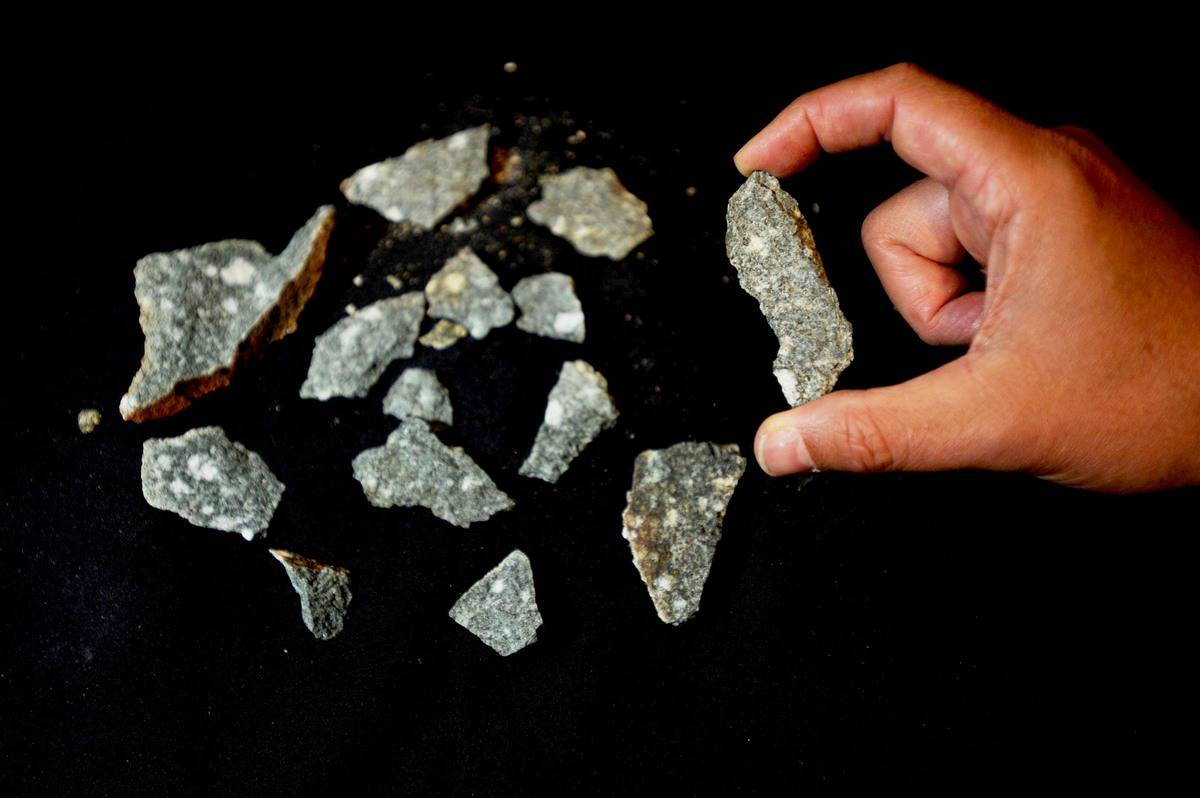
Stonehenge is made from two types of stone. The large rocks are sarsens, a kind of silcrete stone found all over England. The average sarsen weighs 25 tons; the largest one (the Heel Stone) weighs 30 tons. Many stand at 30 feet high. The structures made from three stones are called trilithons.
The second type of rock is bluestone. These are smaller and have a bluish hue when broken or wet. Each weighs between two and five tons and is around 13 feet high. Each type of stone was brought from a different part of the British Isles.
More Than One Tribe Used Stonehenge
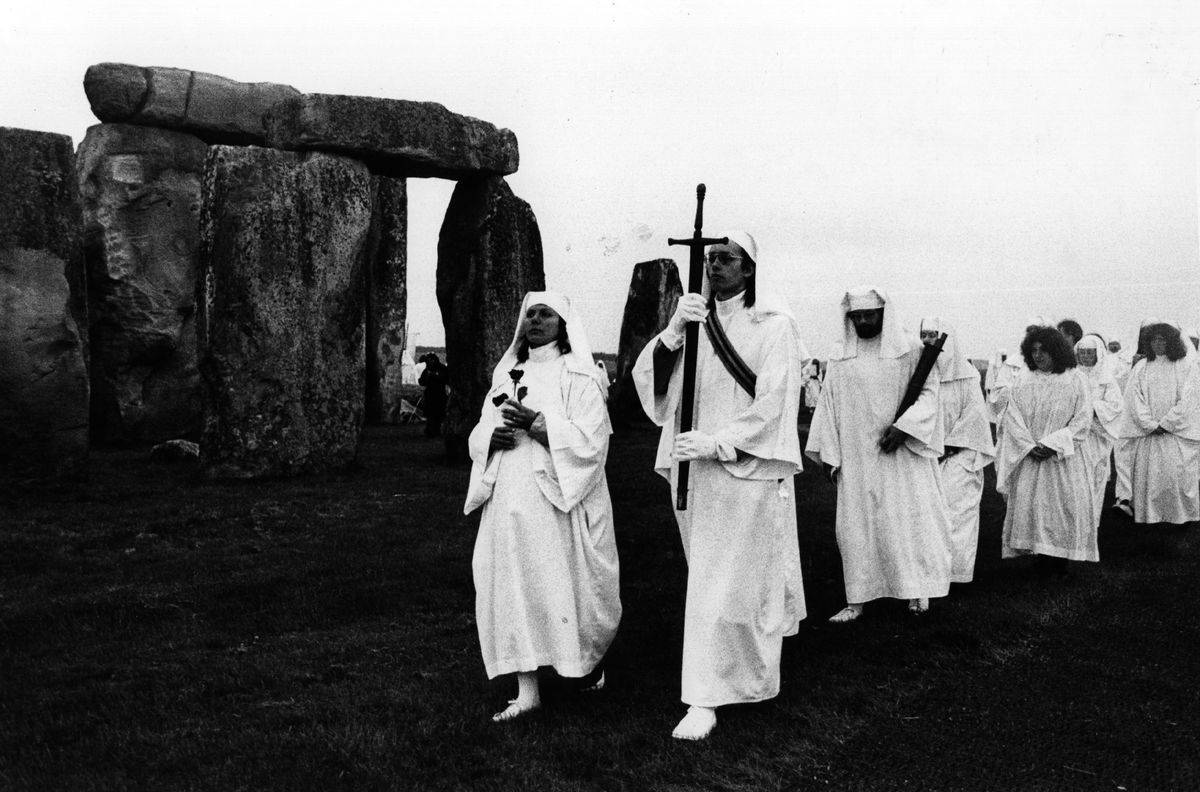
In the 17th century, the archaeologist John Aubrey claimed that ancient Druids built Stonehenge. Today, modern Druids still gather at Stonehenge for the summer solstice, leading many to believe that only Celtic Pagans used the site. But current archaeologists believe that many different tribes used Stonehenge.
Bones and ancient tools found at the site suggest that many different cultures traveled to Stonehenge. Natives of the British Isles often gathered at the site, as did immigrants from other European countries. Communities of many different religions used Stonehenge for different reasons.
Each Stone Was Carved By Man

The rocks at Stonehenge weren’t naturally rectangular. Archaeologists have found many piles of bluestone and sarsen nearby, suggesting that the ancients carved every stone. They used large flint hammerstones to chip the rock, and smaller hammerstones to smooth the surfaces.
Several generations worked on Stonehenge, so many different stoneworking techniques were used. Archaeologists believe that the Bronze Age humans constructed the trilithons before the rest of the circles. Each stone likely took several years to carve, sand down, and lift into its current position.
Some Stones Came From 180 Miles Away
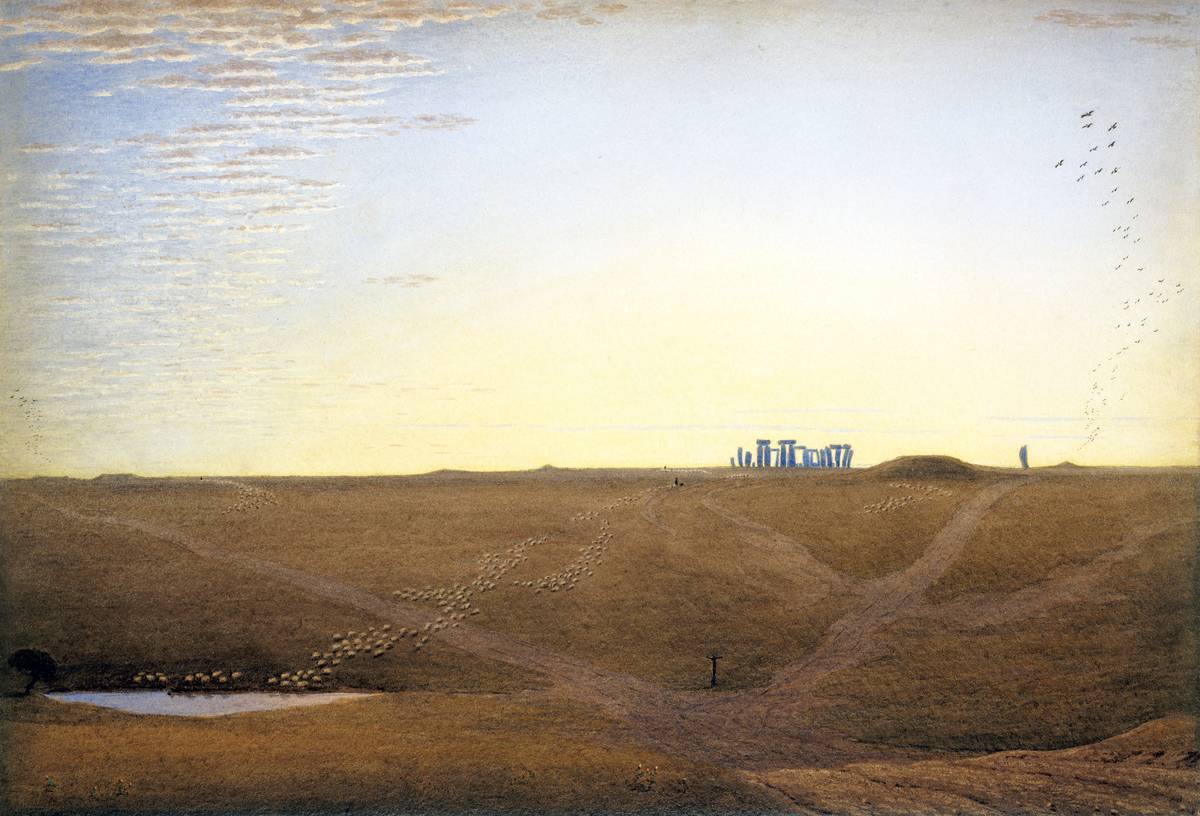
In 2015, archaeologists discovered where the bluestones might have originated. They compared the chemical makeup of Stonehenge’s 42 bluestones to other bluestones in the United Kingdom. The stones came from Preseli Hills in Pembrokeshire, Wales–over 180 miles away!
On top of that, the ancients may have gathered these stones 500 years before they started building Stonehenge. This is unusual for ancient civilizations, as most old monuments gathered rocks from only ten miles away. Experts still don’t know why people decided to use stones from the Preseli Hills or how they brought them Stonehenge.
Scientists Now Know Where The Sarsen Stones Came From
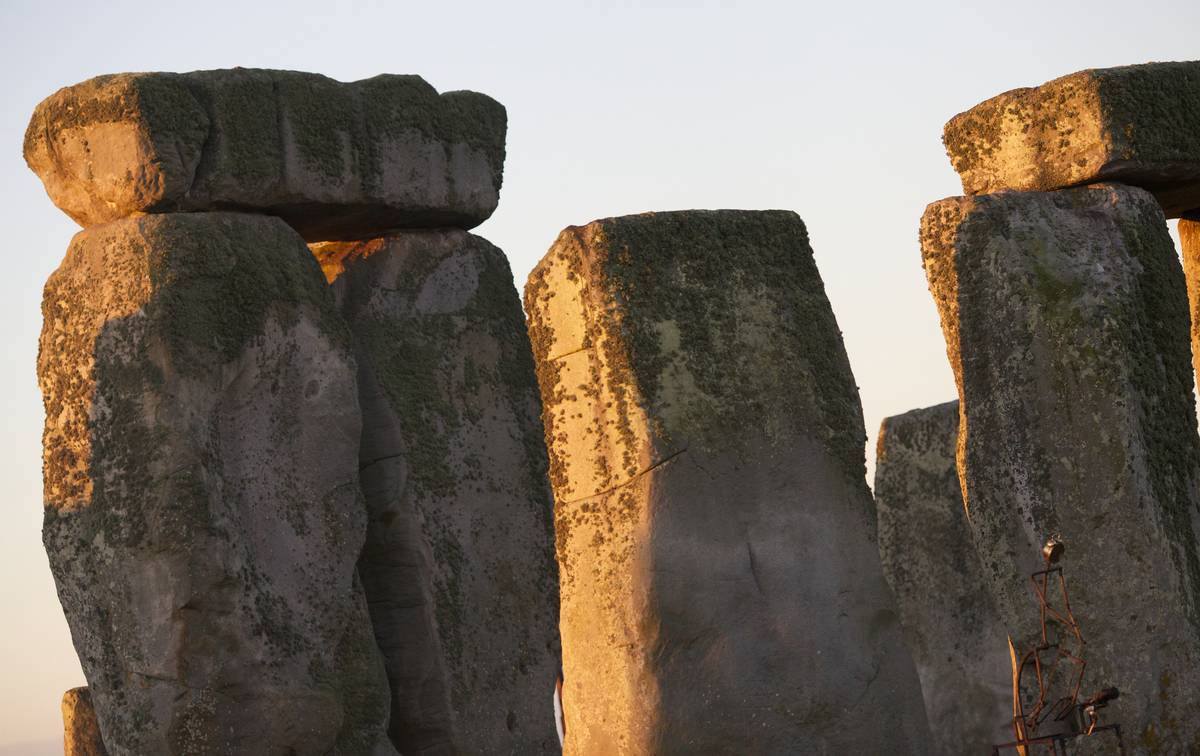
For centuries, scientists didn’t know where Stonehenge’s sandstone came from. In April 2020, researchers used an X-ray fluorescence spectrometer on the sarsen (giant sandstone). They compared the chemical makeup of Stonehenge’s to other areas with sarsen.
They found a match–and not too far away. Fifty of Stonehenge’s 52 sarsens come from West Woods, Wiltshire, only 16 miles north. Archaeologists have also found evidence of Neolithic activity in West Woods. But mysteries still remain, such as how the ancients carried 25-ton sarsens all the way to Stonehenge.
Stonehenge Has Been Repaired (Several Times)
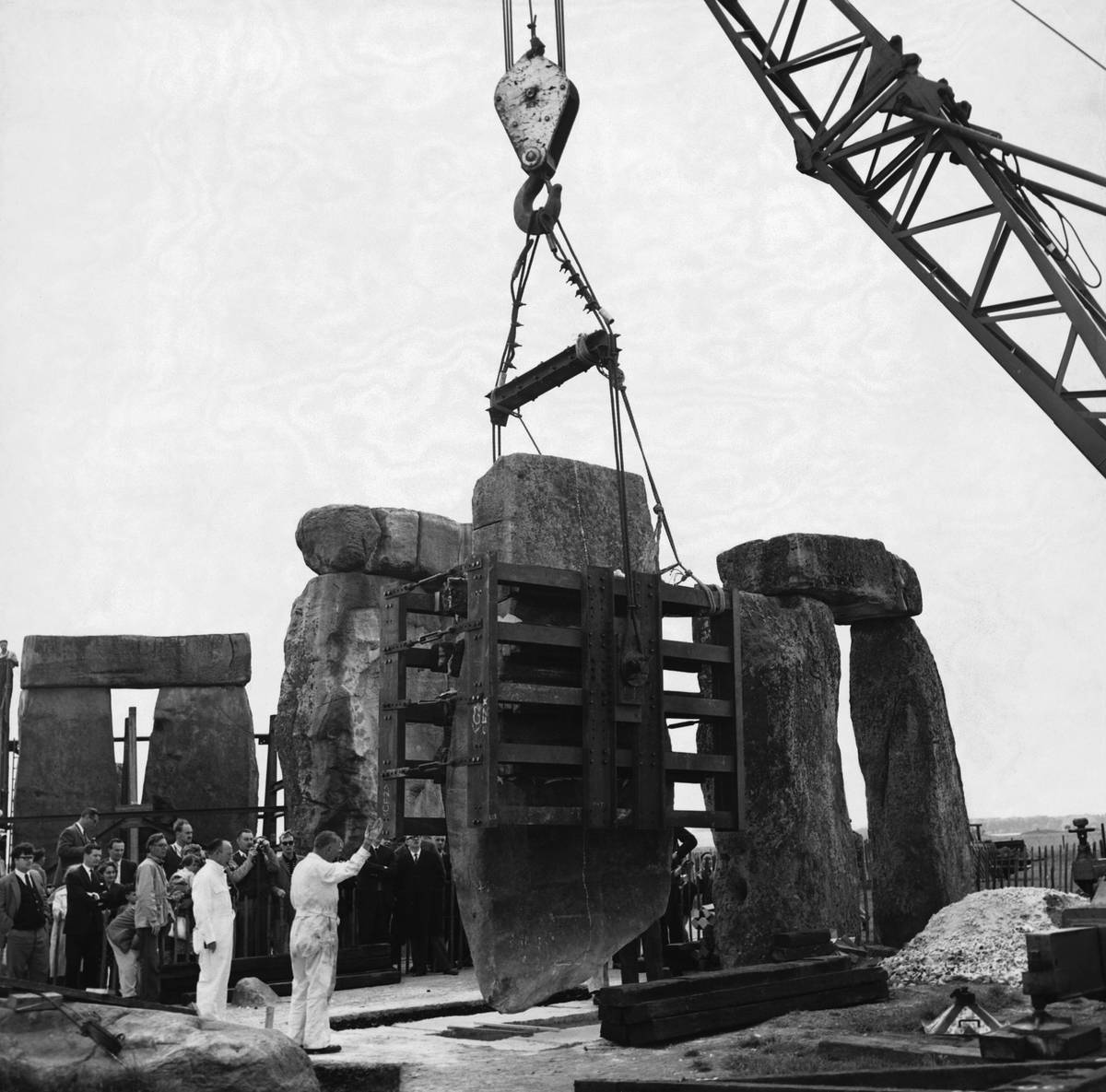
Throughout history, Stonehenge has collapsed and needed repairs. In 1900, stone number 22 collapsed. That next year, archaeologists erected fallen stones and put parameters in place to protect the others. They only restored the rocks that had fallen or were about to fall.
In 1958, archaeologists decided to perform a full restoration. They re-erected the trilithon, fixed six fallen bluestones, and set some sarsens in concrete. In 1963, heavy rain and winds knocked some of the stones again. After archaeologists renovated it, they didn’t need to repair Stonehedge for several decades.
Visitors Used To Receive Chisels To “Take Home Souvenirs”
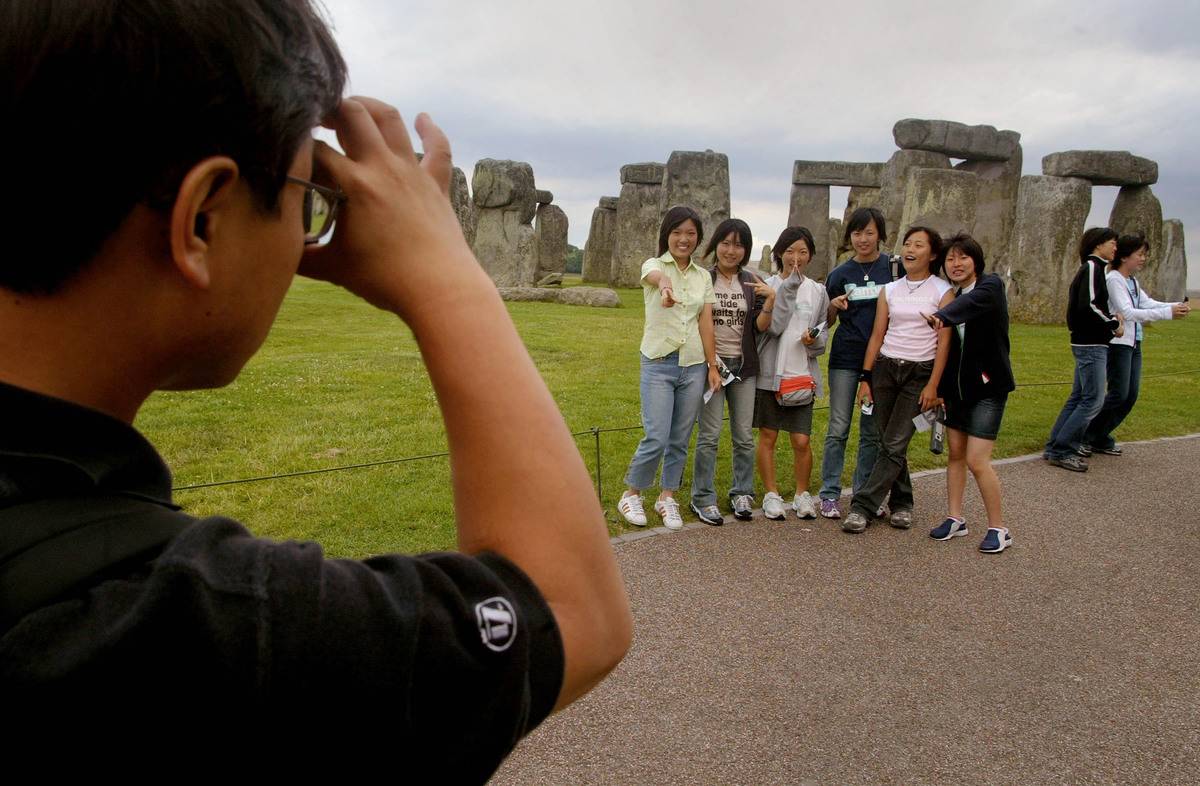
In the 19th century, visitors had few rules while visiting Stonehenge. Tourists could picnic near, touch, and sit on the stones, all of which are outlawed today. They even received chisels to knock off pieces of the rock as souvenirs. This practice was banned in 1900 to preserve the 4,500-year-old monument.
But rules were still lax. In the mid-20th century, tourists used to climb on top of the stones. The grass within the circle died from being trampled by visitors. In 1977, officials finally outlawed this treatment and placed ropes around the stones.
In 1915, It Was Bought At An Auction
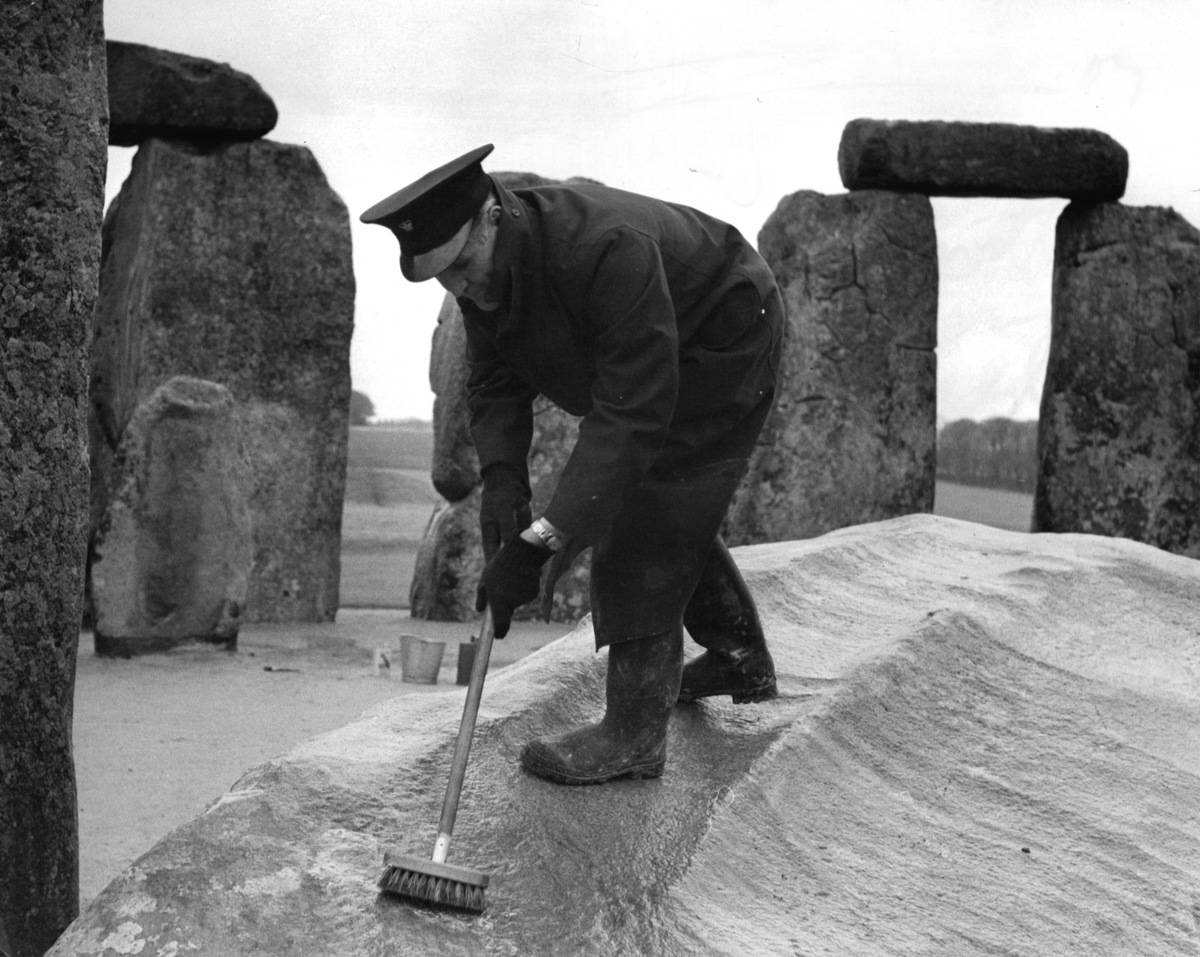
Stonehenge has been available to the public for decades. But in 1915, the site went up for auction. A man named Cecil Chubb went to an auction to buy curtains for his wife. Instead, he spent £6,600 “on a whim” for Stonehenge.
Chubb initially bought the site as a gift for his wife. But since he spent almost $900,000 in today’s money, his wife was less than thrilled. In October 1918, Chubb donated Stonehenge to public ownership. To reward his generosity, Prime Minister David Lloyd George granted him the title Sir Cecil Chubb, First Baronet of Stonehenge.
The Site Is Bigger Than You Think
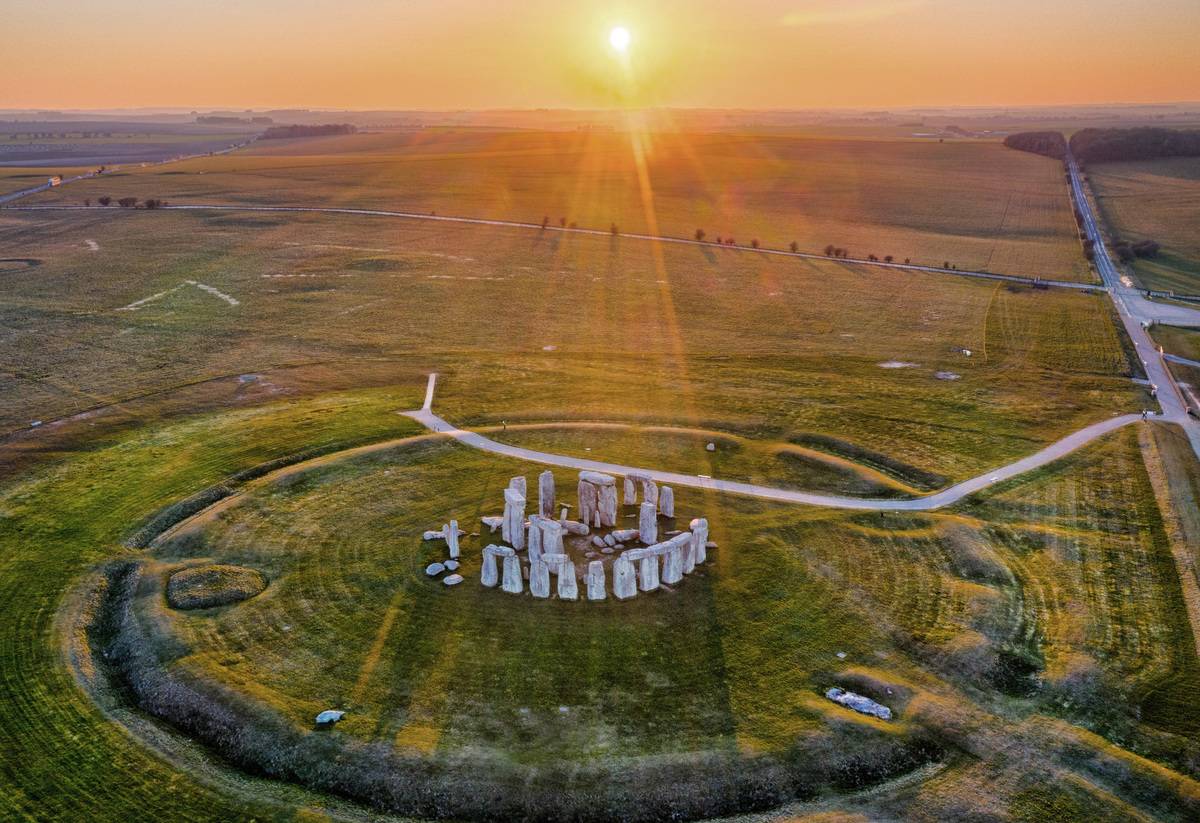
Many tourists underestimate how giant Stonehenge is. While the site may seem small from aerial photos, it actually spans 6,500 acres. Thirty-five stones and hedges make up the entirety of Stonehenge. It’s 7.5 times larger than Central Park in New York City.
Outside of the stones, there is an enormous moat that surrounds the hedges. The circular bank alone covers 10,000 square meters. Many tourists take a bus from London to Stonehenge because it’s so large and can be challenging to navigate.
It Is Most Likely A Cemetery
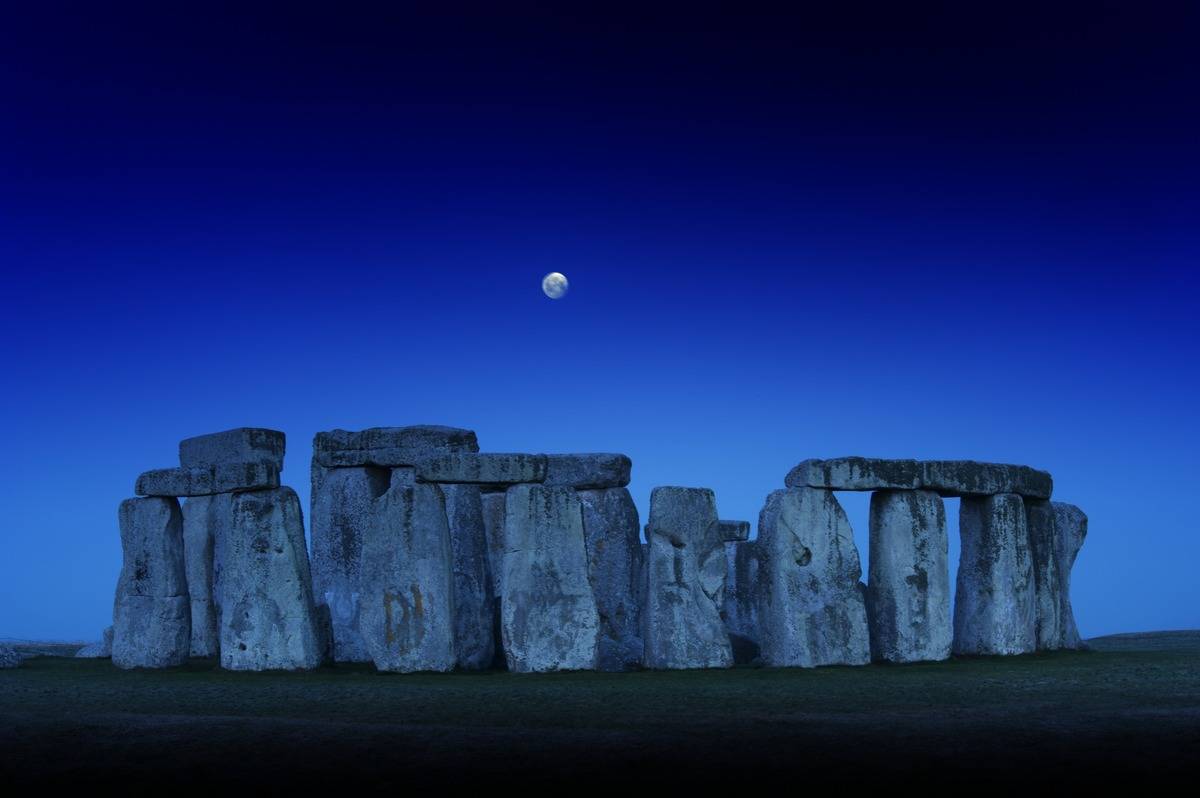
Experts still question what the purpose of Stonehenge was. However, most archaeologists believe that it was intended to be a burial site. Between 3000 and 2500 BCE, several men, women, and children were buried at Stonehenge. Many of them had a high status.
Some historians think that Stonehenge was used for many other reasons. The ancients may have performed religious ceremonies, pilgrimages, and spells to their ancestors there. Astronomer Gerald Hawkins suggested that the stones act as an astronomical calendar, but this theory has little evidence.
In 2013, A Road Near Stonehenge Disappeared

In 2013, the English Heritage Project spent £27 million to redesign the area around Stonehenge. Notably, they removed the famous A344 road. A344 was the most famous road that ran only a few feet from the stones. Since the street was often packed with cars, the English Heritage Project covered it with grass.
Besides changing the road, the project also removed unsightly security fencing. It also limited the number of people who could arrive. Now, tourists have to book ahead to see the stones. Visitors must walk up the Avenue to approach Stonehenge, which has breathtaking views.
How The Ancients Erected Stones With Rope
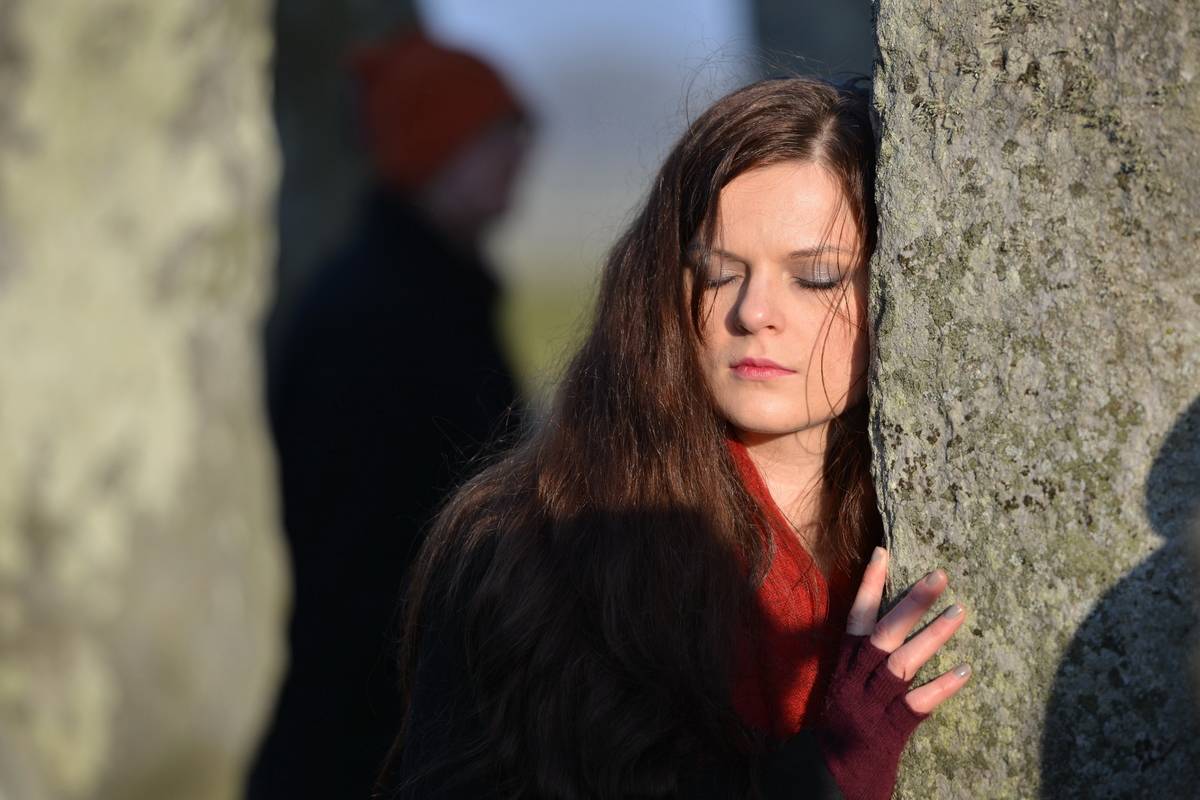
Lifting the Stonehenge rocks into place took centuries. In 3000 BCE, people dug ditches for the stones with antler tools. They lined the ditches with chalk and a ring of timber and rocks. Still, they couldn’t lift the rocks into place until 2500 BCE.
After the stones were carved, the ancients dragged them to their desired spot. They lined the ditch with wooden stakes and tied plant fiber ropes around the stone. Weights may have been used to help people haul the stones upright. With careful maneuvering, they dragged the rocks into place.
“Outsiders” Were Buried At Stonehenge
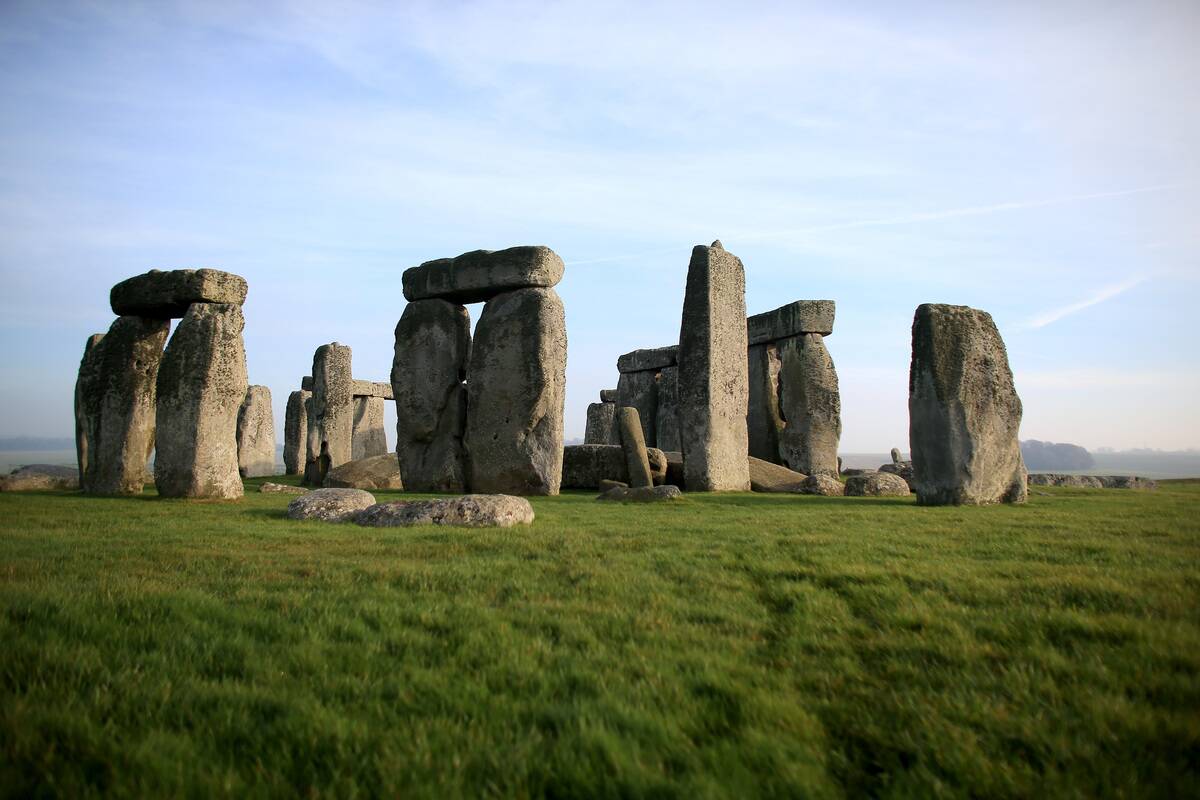
Many people were buried at Stonehenge–men, women, and children. In 2018, a study in Scientific Reports revealed where these people were from. Ten of the 25 bodies (40%) examined were not locals; they were “outsiders” from western Wales.
These people, who were buried between 3,180 to 2,380 BCE, did not live near Stonehenge. They lived around 180 miles away, near the site where the bluestones came from. Some experts theorize that these people helped move the stones from Wales to Stonehenge. Many were cremated (which was common in ancient Britain).
Stonehenge Is An Invisible Art Gallery
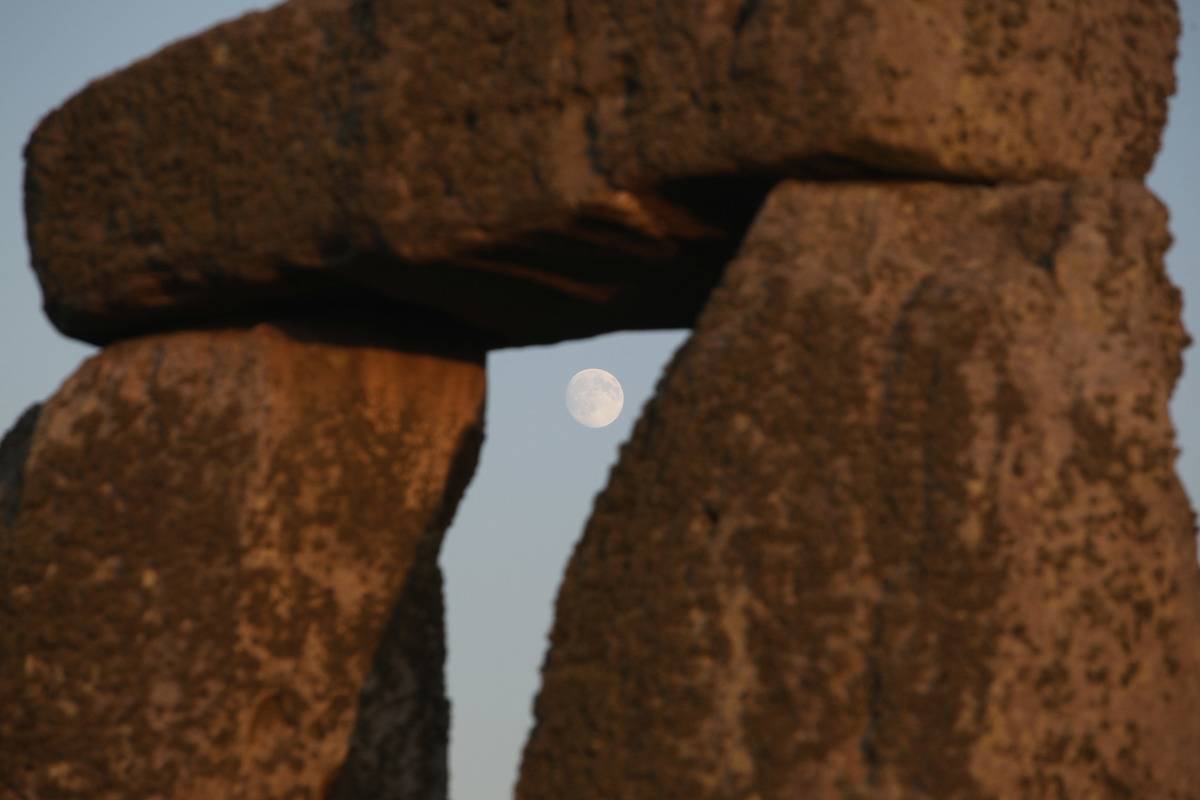
In 2012, a study discovered carvings on the Stonehenge rocks that are not visible to the naked eye. Archaeologists used laser scanning to analyze 83 stones. They found carvings representing Bronze Age ax heads, cups, and daggers, some up to 18 inches long.
Why can’t people see them? Well, in the past, people could see them. Archaeologists in the 1950s reported many of these carvings, but they have eroded since then. Experts believe that the drawings represent tools used in religious rituals. Similar carvings appear on ancient burial sites across the British Isles, leading archaeologists to believe that they commemorate the dead.
The Stones Align With The Solstices
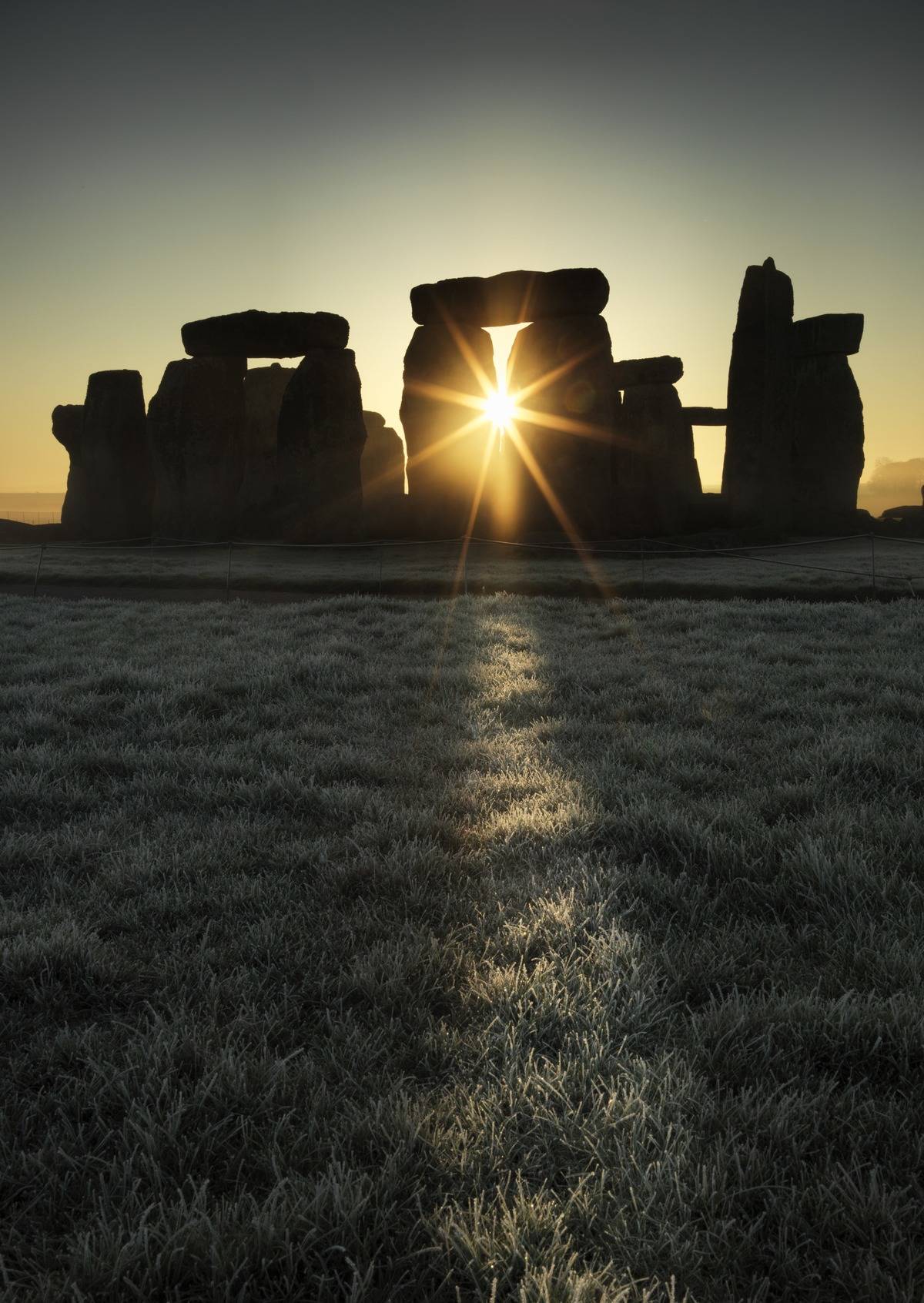
The Stonehenge monuments were not arranged randomly. On the summer solstice, the sun ascends perfectly above the Heel Stone, which faces northeast. On the winter solstice, the sun sets in the exact same position. Hence, scientists believe that the ancients placed the stones purposefully.
The summer solstice is the longest day of the year, and the winter solstice is the shortest day of the year. Despite having no written calendars, Neolithic people knew this. With little writing about the site, much of its purpose is left up to speculation.
It Was Most Likely A Religious Site
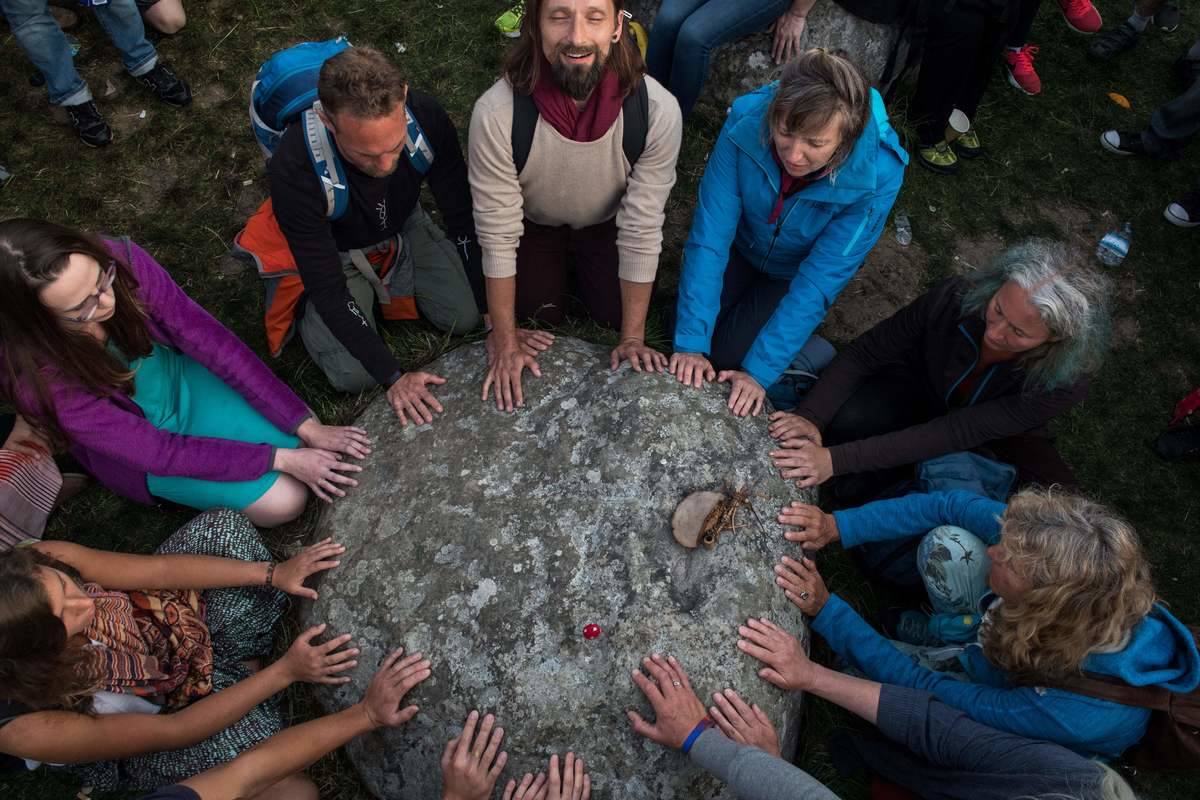
Theories about the purpose of Stonehenge have run wild, from aliens to the Devil himself. But most archaeologists agree that it was a religious site. After all, people wouldn’t build a humongous monument over thousands of years unless it were of great significance.
Archaeologists discovered an ancient temple in Stonehenge called Beacon Hill. They believe that the ancients transferred all religious ceremonies from Beacon Hill to Stonehenge around 2600 BCE. Since the stones align with the summer and winter solstices, experts suggest that the ancients may have worshipped solar deities.
People Still Use Stonehenge For Religious Ceremonies
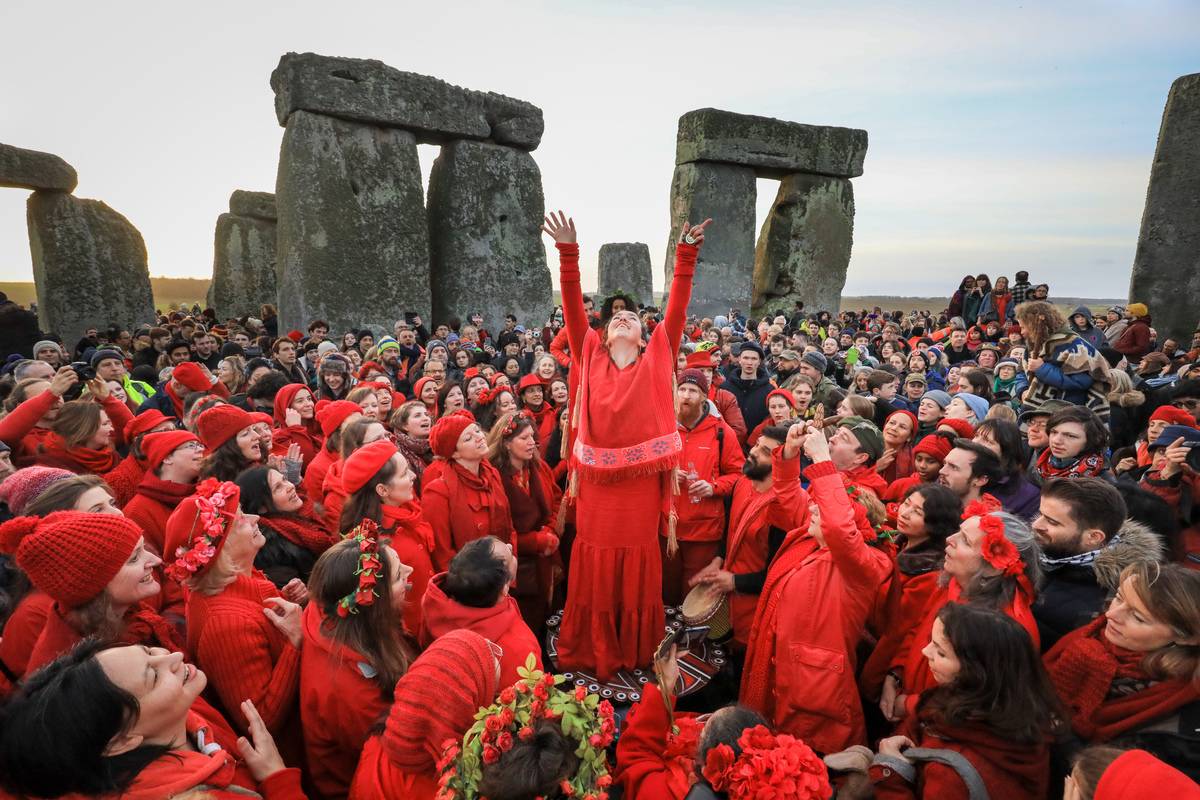
Stonehenge still holds religious significance for hundreds of thousands of people today. Every year, thousands of Pagans flock to Stonehenge for religious holidays. Druids, Wiccans, and other Pagans celebrate the winter solstice (called Yule) and the summer solstice (called Midsummer).
These are not the same religions that gathered at Stonehenge in ancient times. They are NeoPagan religions that have appeared within the past few centuries. However, many of their holidays are similar; the ancients may have performed rituals during the solstices at Stonehenge. Today, people gather to share prayers, food, and drinks.
Stonehenge Used To Be A Complete Circle
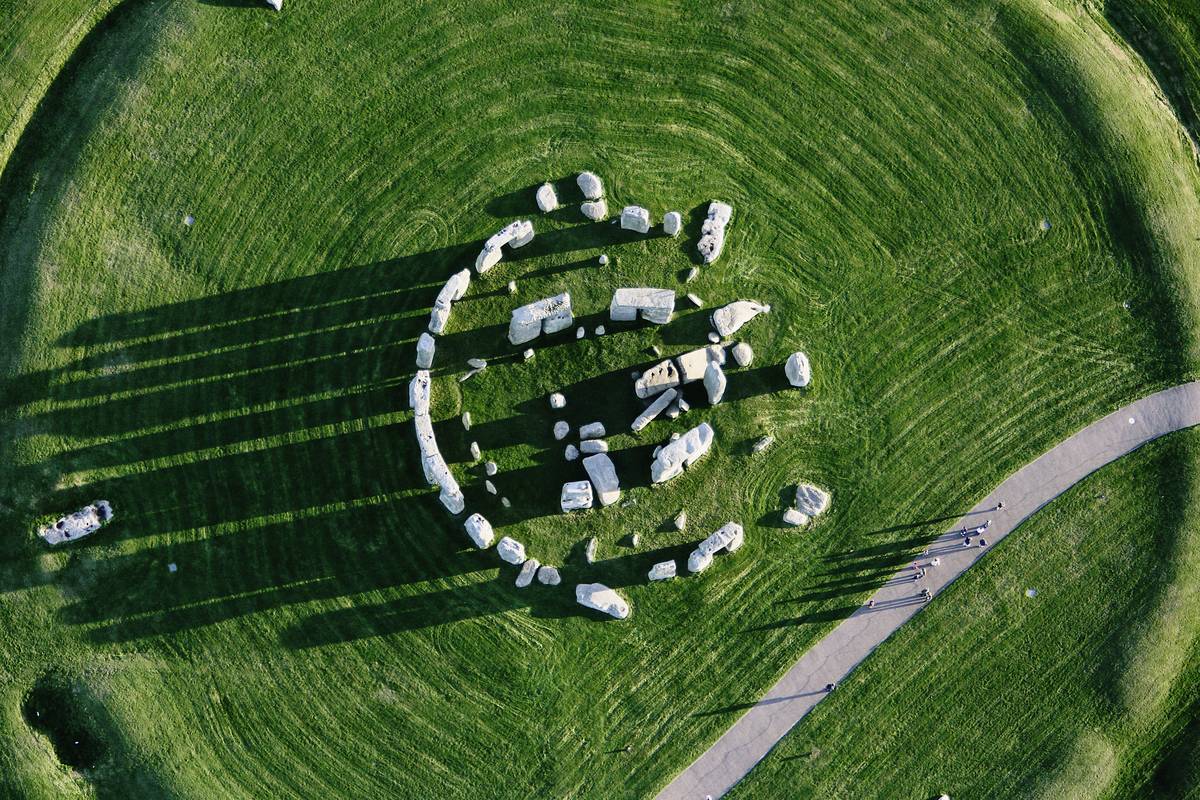
If you visit Stonehenge today, you’ll see that the stones are arranged in a crescent moon shape. But they used to be a complete circle. In August 2014, a drought killed some grass patches around the monument. The dead grass revealed spots where two sarsen slabs once stood.
Two parch marks matched the spots where other sarsen stones stood. Archaeologists believe that rocks may have been there, but nobody knows where the missing stones are. Before 2014, some experts believed that Stonehenge was a full circle; after all, the ditch around the site is a circle.









